Home>Interior Design>What Color Is Coral? How To Use It In Your Decor
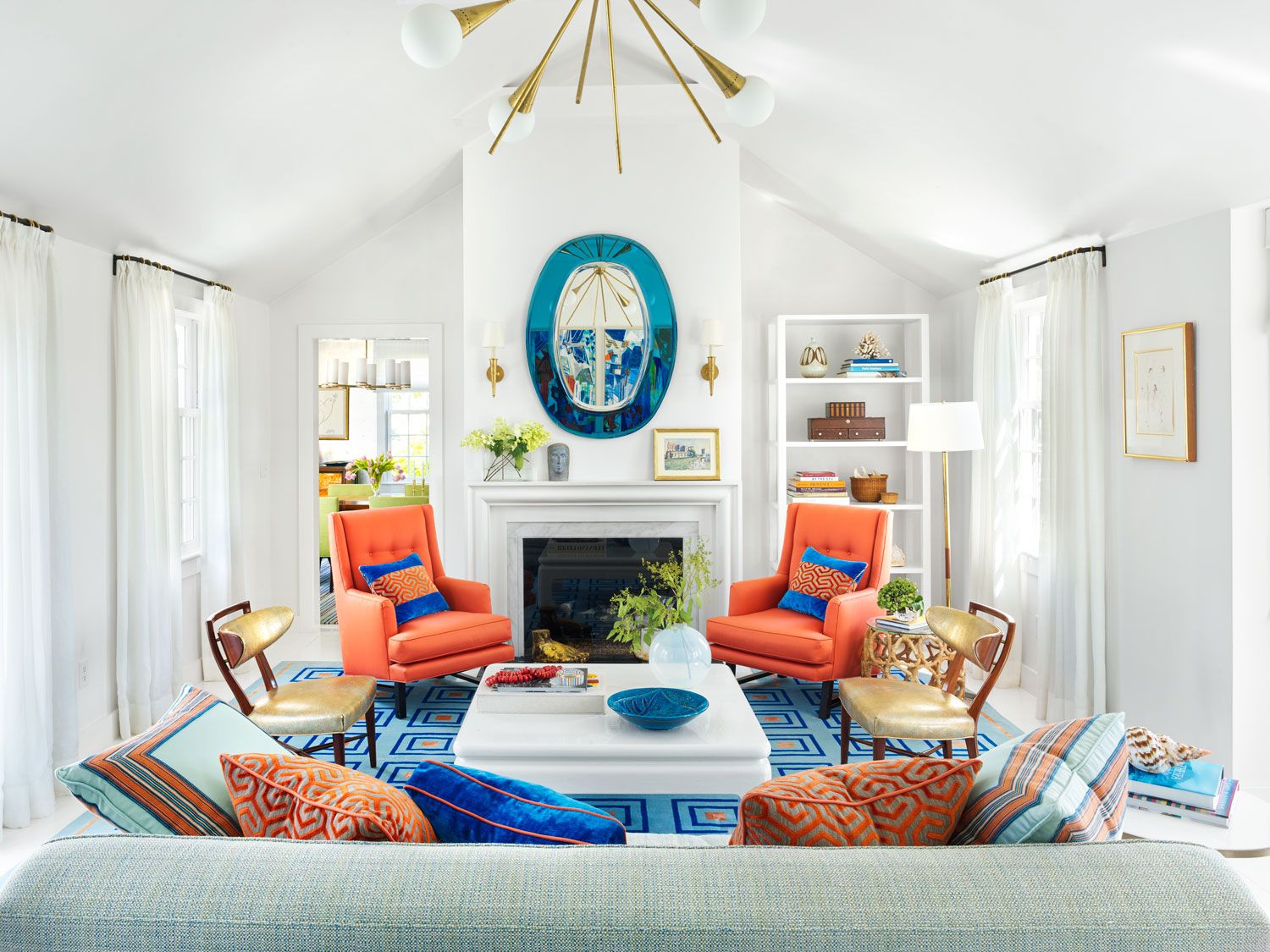

Interior Design
What Color Is Coral? How To Use It In Your Decor
Modified: October 20, 2024
Discover the vibrant hues of coral in interior design and learn how to incorporate this captivating color into your decor.
(Many of the links in this article redirect to a specific reviewed product. Your purchase of these products through affiliate links helps to generate commission for Storables.com, at no extra cost. Learn more)
Introduction
Welcome to the vibrant world of coral! If you’re looking to add a burst of color and energy to your interior design, coral is a fantastic choice. This stunning hue, inspired by the vibrant tones of underwater coral reefs, can transform any space into a lively and inviting oasis.
But what exactly is the color coral? Coral is a warm and inviting shade that falls somewhere between pink, orange, and red. It gets its name from the small marine animals called corals, which are known for their bright and colorful colonies.
In this article, we will explore the many facets of coral and how to incorporate it into your decor. From understanding the psychology behind the color to choosing the right shade for your space, we’ll cover it all. Whether you want to make a bold statement or add subtle pops of color, using coral in your interior design can create a stunning and visually appealing aesthetic.
So, let’s dive in and discover the beauty of coral and how you can bring it into your home!
Key Takeaways:
- Embrace the vibrant and captivating world of coral to transform your space into a stunning and inviting oasis, evoking feelings of joy, creativity, and relaxation.
- Pair coral with neutrals, blues, greens, or metallics to create visually striking and harmonious combinations that infuse warmth and positivity into your interior design.
Read more: Coral Color: How To Revitalize Your House
Understanding the Color Coral
Before we delve into the various ways to use coral in your decor, it’s important to understand the color itself. Coral is a unique hue that sits on the color spectrum between pink and orange. It has warm undertones with a touch of red, giving it a vibrant and lively appearance.
Coral is often associated with feelings of joy, happiness, and positivity. Its energetic and cheerful nature makes it a popular choice for adding a pop of color to any space. In addition, coral is known for its ability to create a sense of warmth and intimacy in a room.
When it comes to the psychology of color, coral is believed to evoke feelings of excitement, enthusiasm, and creativity. It is said to inspire a sense of adventure and curiosity, making it an ideal color for spaces where you want to foster imagination and exploration.
Furthermore, coral has a certain versatility that allows it to adapt to different design styles. It can be both bold and playful, as well as soft and romantic, depending on how it is incorporated into the overall design scheme.
Whether you’re aiming for a vibrant and energetic atmosphere or a more subdued and sophisticated look, coral can be the perfect color choice to set the tone for your space.
Now that we have a better understanding of the color coral, let’s explore how to choose the right shade for your decor in the next section.
The Psychology of Coral in Decor
The color coral not only adds a visually appealing element to your decor but also has a significant impact on the overall mood and ambiance of a space. Understanding the psychology behind coral can help you harness its power to create the desired atmosphere in your home.
Coral is known for its ability to evoke feelings of warmth, joy, and enthusiasm. It is a color that exudes positivity and optimism, making it an excellent choice for rooms where you want to create a lively and welcoming environment.
In addition to its energizing qualities, coral also has a calming effect. It can help reduce stress and promote a sense of relaxation, making it a suitable choice for spaces where you want to create a peaceful and soothing atmosphere.
Furthermore, coral has been associated with creativity and inspiration. Its vibrant and playful nature can spark the imagination and encourage innovative thinking. Incorporating coral into your decor can be a great way to stimulate your artistic side and create a space that fosters creativity.
When using coral in decor, it’s essential to consider its intensity and balance it with other colors. A bright and bold coral can be visually striking but may need to be balanced with neutral tones to prevent overwhelming the space. On the other hand, softer shades of coral can create a more subtle and sophisticated look.
It’s also important to note that the impact of color can vary from person to person. While coral may have positive effects on one individual, it may evoke different emotions or reactions in someone else. It’s crucial to take into account personal preferences and the specific needs and tastes of the individuals who will be inhabiting the space.
Overall, the psychology of coral in decor is about creating a space that promotes positive emotions, creativity, and a sense of well-being. By harnessing the power of this vibrant color, you can design a space that not only looks visually appealing but also feels inviting and uplifting.
Now that we’ve explored the psychology of coral, let’s move on to understanding how to choose the right shade of coral for your decor.
Choosing the Right Shade of Coral
When it comes to incorporating coral into your decor, choosing the right shade is key to achieving the desired aesthetic. Coral comes in a range of hues and intensities, from soft pastels to vibrant oranges. Here are some factors to consider when selecting the perfect shade of coral for your space.
1. Room Size: The size of the room can influence the shade of coral you choose. In smaller spaces, opt for lighter and softer shades of coral to avoid overwhelming the area. In larger rooms, you can experiment with bolder and more intense tones.
2. Natural Light: Consider the amount of natural light in the room. If the space receives a lot of sunlight, a brighter shade of coral can enhance the warmth and radiance of the room. In rooms with limited natural light, choose a slightly deeper or richer shade of coral to add depth and dimension.
3. Existing Color Scheme: Take into account the existing color scheme and decor of the room. Coral can complement a variety of colors, but it’s important to ensure that it harmonizes with the overall palette. For a cohesive look, consider colors that work well with coral, such as neutrals like beige or gray, or contrasting colors like navy blue or teal.
4. Mood and Atmosphere: Consider the mood and atmosphere you want to create in the room. If you’re aiming for a calm and serene atmosphere, lighter shades of coral can help achieve that. For a more energetic and vibrant vibe, opt for brighter or deeper shades.
5. Personal Preference: Ultimately, your personal preference should guide your choice of coral shade. Select a hue that resonates with you and brings joy and satisfaction. Your personal connection to the color will make you feel more comfortable and content in the space.
Remember, don’t be afraid to experiment and test different shades of coral in the room before making a final decision. Paint swatches or fabric samples can help you visualize how the color will appear in the space.
By considering these factors and understanding your desired outcome, you can choose the perfect shade of coral that will enhance your decor and create a beautiful and inviting space.
Next, we’ll explore how to make a bold statement with coral as a primary color in your decor.
Using Coral as a Statement Color
If you’re looking to make a bold and vibrant statement in your decor, coral is the perfect color to accomplish just that. Using coral as a statement color can instantly transform a space and create a focal point that catches the eye.
One of the most effective ways to incorporate coral as a statement color is through a feature wall. Painting one wall in a room with a rich and vibrant shade of coral instantly adds depth and visual interest. It becomes the center of attention and sets the tone for the entire space.
Another way to make use of coral as a statement color is through large furniture pieces. A coral-colored sofa or armchair can be the perfect centerpiece in a living room, creating a stunning focal point. Pair it with neutral colors and accessories that complement the coral to allow it to truly shine.
If you’re feeling even more adventurous, you can go all out and use coral for larger elements like kitchen cabinets or bathroom vanities. This creates a striking and modern look that is sure to make a statement.
In addition to the walls and furniture, you can also use coral as a statement color through accessories and decor pieces. Think bold coral curtains, vibrant throw pillows, or eye-catching artwork. These accents can add pops of color to your space and create a cohesive and impactful look.
However you choose to incorporate coral as a statement color, it’s important to maintain a balance in the overall design. Opt for neutral colors and subtle patterns for accompanying elements to prevent the space from becoming overwhelming. Coral should be the star of the show, but it needs supporting players to create a harmonious and visually pleasing environment.
Remember that using coral as a statement color doesn’t necessarily mean using it everywhere. Select a few key areas or pieces to showcase the color, allowing it to shine without overpowering the entire space.
Now that you have some ideas on using coral as a statement color, let’s explore how to accent with coral accessories in your decor.
Accenting with Coral Accessories
Using coral as an accent color through accessories is a fantastic way to incorporate this vibrant hue into your decor. Coral accessories can add a pop of color and a touch of playfulness to any space, creating a visually pleasing and cohesive look.
One way to accent with coral accessories is through throw pillows and blankets. Adding a few coral-colored cushions to a neutral sofa or bed instantly adds warmth and personality to the space. Combine different textures and patterns to create a visually interesting display.
Coral can also be incorporated through curtains or window treatments. Choose curtains with coral accents or patterns to add a touch of color and vibrancy to your windows. This allows you to bring in the color without committing to larger, permanent pieces.
Another option is to introduce coral through decorative items such as vases, lamps, or picture frames. These smaller accents can be strategically placed throughout the room to create pops of color and tie the space together. Look for interesting shapes or textures to add visual interest.
When accenting with coral accessories, it’s essential to consider the overall color scheme of the room. Coral works well with neutral colors such as whites, grays, and beige. It also pairs beautifully with navy blue, turquoise, or gold for a more dramatic and luxurious look.
Remember, less is often more when it comes to accent colors. Choose a few key coral pieces that complement the space and enhance the overall design. Too many coral accessories can overpower the room and create a cluttered appearance.
Finally, don’t forget to consider the different lighting conditions in the space. Coral can appear differently depending on the natural or artificial lighting. Test out different accessories in the room to see how they complement the overall ambiance throughout the day.
By accenting with coral accessories, you can infuse your space with a burst of color and creativity. These accents will add depth and personality to your decor, making it feel more inviting and visually appealing.
Next, let’s explore how to incorporate coral into furniture and upholstery to create a cohesive and stunning design.
Coral is a warm, pinkish-orange color. Use it as an accent in a neutral room for a pop of color, or pair it with navy or teal for a bold, tropical look.
Incorporating Coral into Furniture and Upholstery
If you’re a fan of bold and daring design choices, incorporating coral into furniture and upholstery is an excellent way to make a statement. Coral-colored furniture pieces can add a sense of vibrancy and personality to any room, creating a visually captivating and cohesive design.
One of the most impactful ways to incorporate coral into furniture is through a coral-colored sofa or armchair. This instantly becomes the focal point of the room, creating a stunning and eye-catching element. Choose a fabric or material that complements the coral color, such as a soft velvet or textured upholstery. This adds depth and dimension to the piece, making it even more visually appealing.
If a coral sofa is too bold for your taste, consider incorporating the color through smaller furniture pieces such as ottomans, accent chairs, or side tables. These pieces can be used in a variety of ways to add pops of color and create a cohesive design scheme.
Another option is to reupholster existing furniture pieces in coral fabric. This allows you to transform dull or outdated furniture into statement pieces that bring life and energy to your space. Consider reupholstering dining chairs, stools, or even a headboard for a unique and personalized touch.
When incorporating coral into furniture and upholstery, it’s important to consider the overall color palette of the room. Coral can work well with neutrals like whites, grays, and beige, creating a balanced and harmonious look. For a more dramatic and bold design, combine coral with contrasting colors such as navy blue or emerald green.
Additionally, consider the style and aesthetic of your space. Coral can work well in both modern and traditional designs, depending on how it’s incorporated. Pair coral with clean lines and minimalist furniture for a contemporary look, or mix it with vintage pieces for a more eclectic and bohemian vibe.
Lastly, remember to balance the use of coral with neutral and complementary colors. Use other elements like rugs, curtains, or artwork to tie the furniture pieces together and create a cohesive look. This ensures that the coral furniture stands out and becomes the centerpiece of the room without overwhelming the space.
By incorporating coral into furniture and upholstery, you can create an inviting and visually stunning space that reflects your unique style and personality.
Next, we’ll explore how to bring coral into your walls and floors for a cohesive and well-designed interior.
Adding Coral to Walls and Floors
When it comes to incorporating coral into your interior design, walls and floors are perfect opportunities to make a bold statement. Adding coral to these surfaces can instantly transform the look and feel of a space, creating a visually captivating and cohesive aesthetic.
One way to incorporate coral into your walls is by painting them with a warm and vibrant coral hue. This creates a striking backdrop and sets the tone for the entire room. Consider using coral as an accent wall or painting the entire room for a more immersive experience.
If you prefer a more subtle approach, you can add coral through wallpaper. Look for wallpaper designs that feature coral patterns or motifs, whether it’s a delicate floral print or a bold geometric pattern. This adds visual interest and depth to your walls without the commitment of paint.
In addition to walls, coral can also be incorporated into your floors through various options. For a bold and dramatic look, consider installing coral-colored tiles in a bathroom or kitchen. This creates a stunning focal point and adds a sense of vibrancy to the space.
If you prefer a more versatile and temporary option, area rugs with coral accents are an excellent choice. A rug with coral patterns or in a coral shade can add warmth and visual interest to your floors without the need for a complete overhaul.
When adding coral to your walls and floors, it’s important to consider the overall color palette and style of the room. Coral can be paired with complementary neutrals such as whites, grays, or beige to create a balanced and harmonious look. It also works well with contrasting colors like navy blue or gold for a more dramatic and luxurious feel.
Remember that coral can have different appearances depending on the lighting conditions in the room. Test out paint samples or swatches before committing to a specific shade to ensure it complements the space and creates the desired effect.
Lastly, balance the use of coral on walls and floors with neutral colors in other elements of the room. This creates a cohesive and well-designed space without overwhelming the eye.
By adding coral to your walls and floors, you can create a visually captivating and cohesive interior that reflects your personal style and adds a touch of vibrancy to your space.
Next, let’s explore how to incorporate coral in different rooms of the house to create a harmonious and stylish design throughout.
Using Coral in Different Rooms of the House
One of the great things about coral is its versatility. It can be incorporated into various rooms of the house, adding a cohesive and stylish touch throughout your home. Let’s explore how to use coral in different rooms to create a harmonious and visually appealing design.
Living Room: The living room is a perfect space to showcase coral as a statement color. Consider using a coral-colored sofa or accent chairs as the focal point of the room. Pair it with neutral walls and accessories to let the coral shine. You can also incorporate coral through throw pillows, artwork, or curtains for a more subtle touch.
Bedroom: In the bedroom, coral can create a warm and inviting atmosphere. Use coral bedding and pillows to add pops of color to the space. Consider painting an accent wall in coral or incorporating coral elements in your nightstands or lamps. This adds a touch of vibrancy to the room while maintaining a serene and relaxing ambiance.
Kitchen: Coral can inject energy and playfulness into the kitchen. Opt for coral-colored kitchen appliances or incorporate coral accents through dishware, utensils, or even a kitchen backsplash. This adds a splash of color and creates a lively and inviting atmosphere in the heart of your home.
Bathroom: In the bathroom, coral can add a spa-like feeling of tranquility. Consider using coral tiles in the shower or as an accent wall. Incorporate coral through towels, bath rugs, or shower curtains to create a cohesive look. This adds a touch of whimsy and freshness to your daily self-care routine.
Home Office: In your home office, coral can create a vibrant and inspiring environment. Use coral-colored desk accessories, such as organizers or storage boxes, to add pops of color to your workspace. Incorporate coral through artwork or a statement chair to infuse energy and creativity into your work area.
Dining Room: Coral can add a touch of elegance and sophistication to the dining room. Consider using coral-colored table linens or incorporating coral elements through dinnerware or centerpieces. This creates a warm and inviting atmosphere for gatherings and memorable meals.
Remember to adapt the shade and intensity of coral based on the specific room and its unique characteristics. Lighter and softer shades work well in smaller spaces, while bolder and deeper shades can make a grand statement in larger rooms.
By using coral in different rooms of the house, you can create a cohesive and visually appealing design that flows seamlessly from one space to another, adding warmth and personality throughout your home.
Next, let’s explore some tips for pairing coral with other colors to create visually stunning and harmonious combinations.
Tips for Pairing Coral with Other Colors
Pairing coral with other colors can create stunning and harmonious combinations that enhance your decor. Here are some tips to help you achieve a visually appealing and balanced look when incorporating coral into your color palette:
1. Neutrals: Coral pairs beautifully with neutral colors such as whites, grays, and beige. These colors provide a calm and balanced backdrop, allowing the coral to stand out. Consider using neutral shades for walls, furniture, and larger elements while using coral as an accent color through accessories or smaller decor pieces.
2. Blues: Coral and blue colors create a fresh and vibrant combination. Whether it’s a soft sky blue or a deep navy, blues complement coral and create a visually striking contrast. Use blue accents through pillows, artwork, or curtains to balance the warmth of coral and create a serene and coastal-inspired look.
3. Greens: Incorporating greens with coral can create a lively and nature-inspired design. Consider pairing coral with shades of green like sage, mint, or emerald. This combination evokes a sense of freshness and tranquility. Use greenery or potted plants along with coral accents to bring the outdoors inside.
4. Golds: Coral and gold create an opulent and luxurious pairing. The warm tones of coral complement the richness of gold, creating an elegant and glamorous look. Incorporate gold accents through lighting fixtures, mirrors, or decorative objects to add a touch of sophistication to a coral-infused space.
5. Grays: Gray is a versatile color that pairs well with coral. It creates a neutral and calming backdrop, allowing coral to take center stage. Consider using different shades of gray for walls or larger furniture pieces and incorporate pops of coral through pillows, rugs, or artwork to create a modern and chic design.
6. Metallics: Incorporating metallic tones like silver or copper with coral adds a touch of glamour and elegance. Metallic accents can be introduced through mirrors, decorative accessories, or even metallic wallpapers. This combination creates a visually stunning and captivating design.
7. Complementary Colors: For a bold and vibrant look, consider combining coral with its complementary color, which is blue-green. This combination creates a visually striking contrast that adds energy and excitement to your space. Use coral and shades of turquoise or teal in a well-balanced way to create a visually appealing and attention-grabbing design.
Remember, when pairing coral with other colors, it’s important to consider the overall mood and atmosphere you want to create in the space. Experiment with different combinations and find what speaks to your personal taste and style.
By following these tips and exploring the possibilities of color combinations, you can create a visually stunning and harmonious design that incorporates coral in a seamless and appealing way.
Now that you have a wealth of ideas for incorporating coral into your decor, it’s time to bring out your creative side and transform your space into a vibrant and inviting oasis!
Conclusion
Incorporating the color coral into your interior design can transform your space into a vibrant and inviting oasis. Whether you choose to use coral as a statement color or as an accent, this warm and energetic hue has the power to create a visually stunning and harmonious environment.
By understanding the psychology of coral, you can harness its positive energy and create rooms that evoke feelings of joy, creativity, and relaxation. Whether you’re looking to infuse your living room with a burst of vitality or create a serene and calming bedroom, coral can be the perfect choice.
When choosing the right shade of coral, consider factors such as room size, natural light, and existing color schemes to achieve the desired aesthetic. Experiment with different intensities and pair coral with complementary neutral tones or contrasting colors to create visually striking combinations.
You can incorporate coral into your decor through various elements, from furniture and upholstery to walls, floors, and accessories. Whether it’s a coral-colored sofa, a coral accent wall, or coral accessories, each choice adds a touch of vibrancy and personality to your space.
Remember to maintain a balance and ensure that coral doesn’t overpower the overall design. By pairing coral with neutrals and using it as an accent color, you can create a cohesive and visually appealing look without overwhelming the space.
From the living room to the kitchen, the bedroom to the home office, coral can be incorporated in different rooms of the house to create a harmonious and stylish design throughout. Each room presents an opportunity to infuse your space with the warmth and positivity that coral brings.
When pairing coral with other colors, consider the mood you want to create and experiment with different combinations. Whether it’s pairing coral with neutrals, blues, greens, or metallics, each choice adds a unique touch and creates a distinctive ambiance.
As you embark on your interior design journey, remember that the goal is to create a space that reflects your personal style and brings joy and comfort to your everyday life. Let your creativity soar and have fun incorporating coral into your decor.
So, embrace the vibrant and captivating world of coral, and get ready to transform your space into a stunning and inviting haven!
Frequently Asked Questions about What Color Is Coral? How To Use It In Your Decor
Was this page helpful?
At Storables.com, we guarantee accurate and reliable information. Our content, validated by Expert Board Contributors, is crafted following stringent Editorial Policies. We're committed to providing you with well-researched, expert-backed insights for all your informational needs.
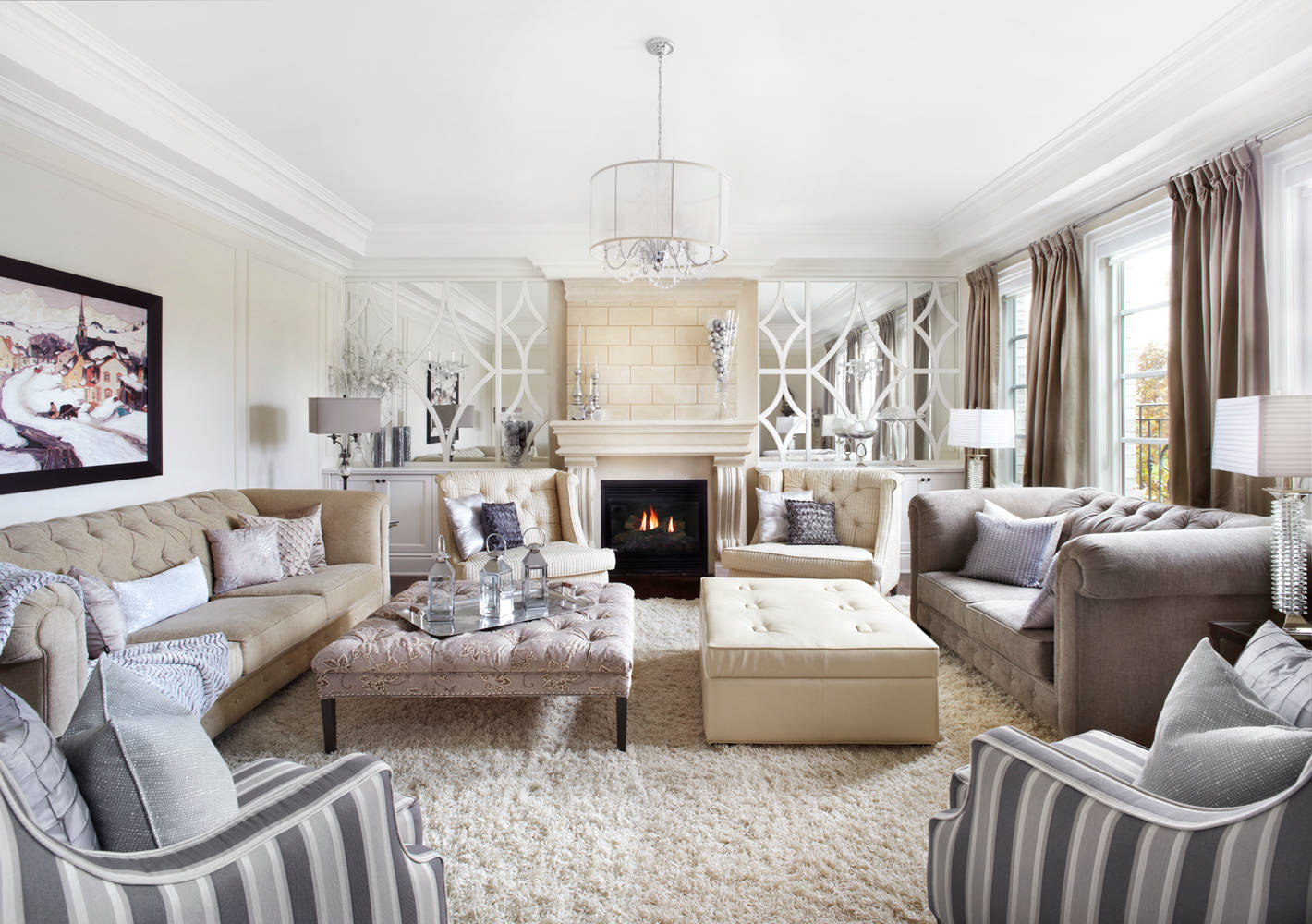
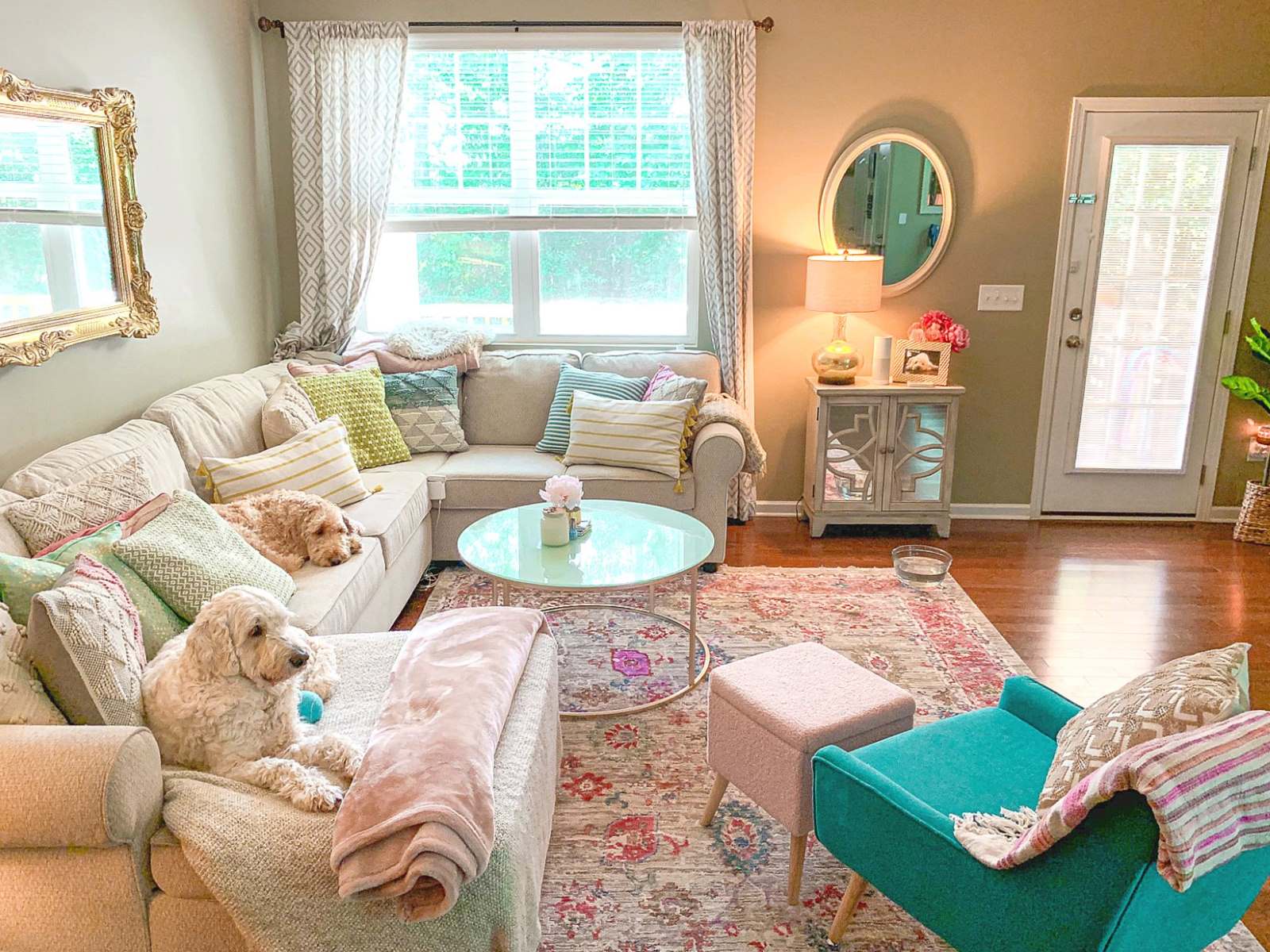
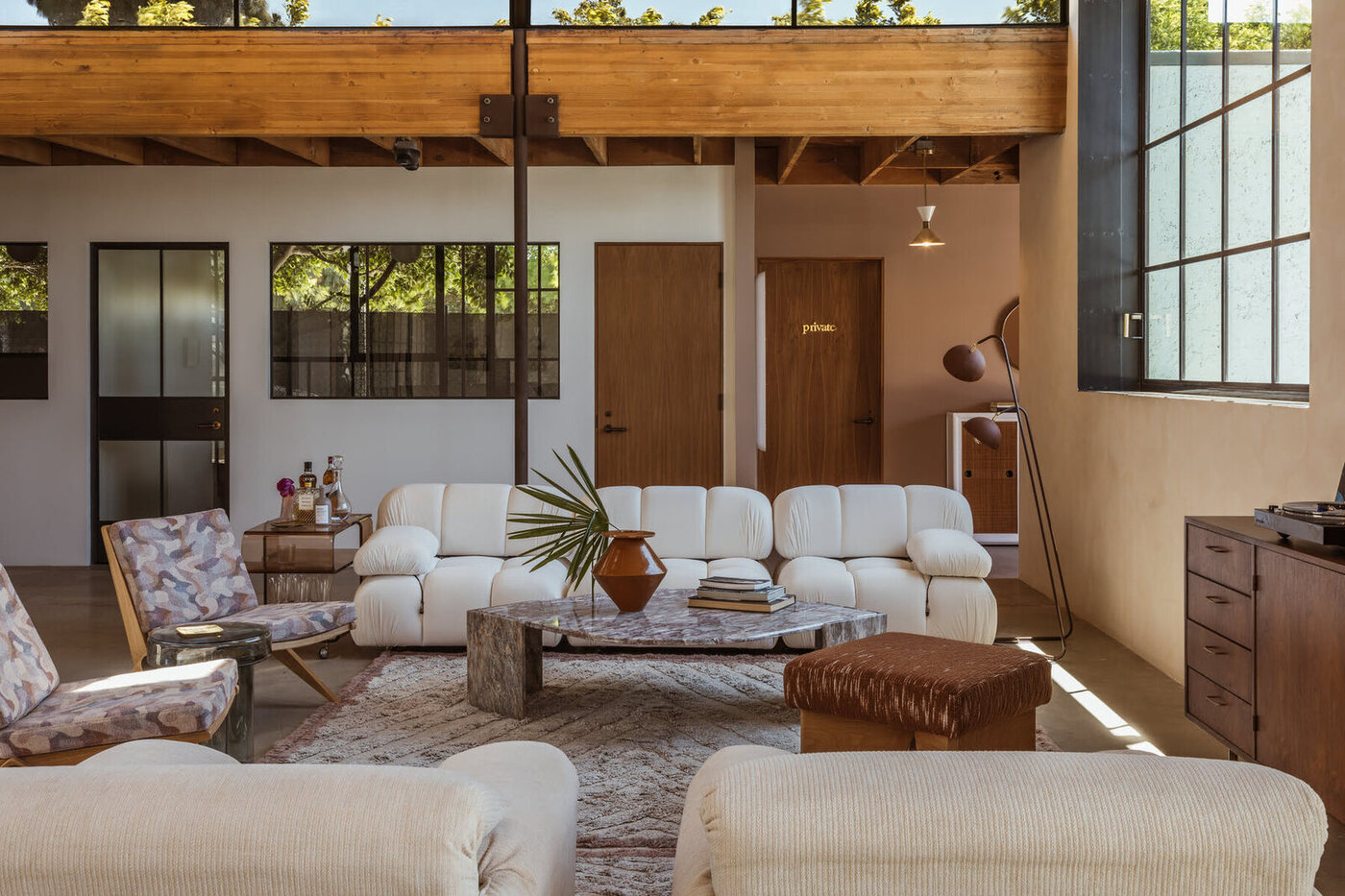
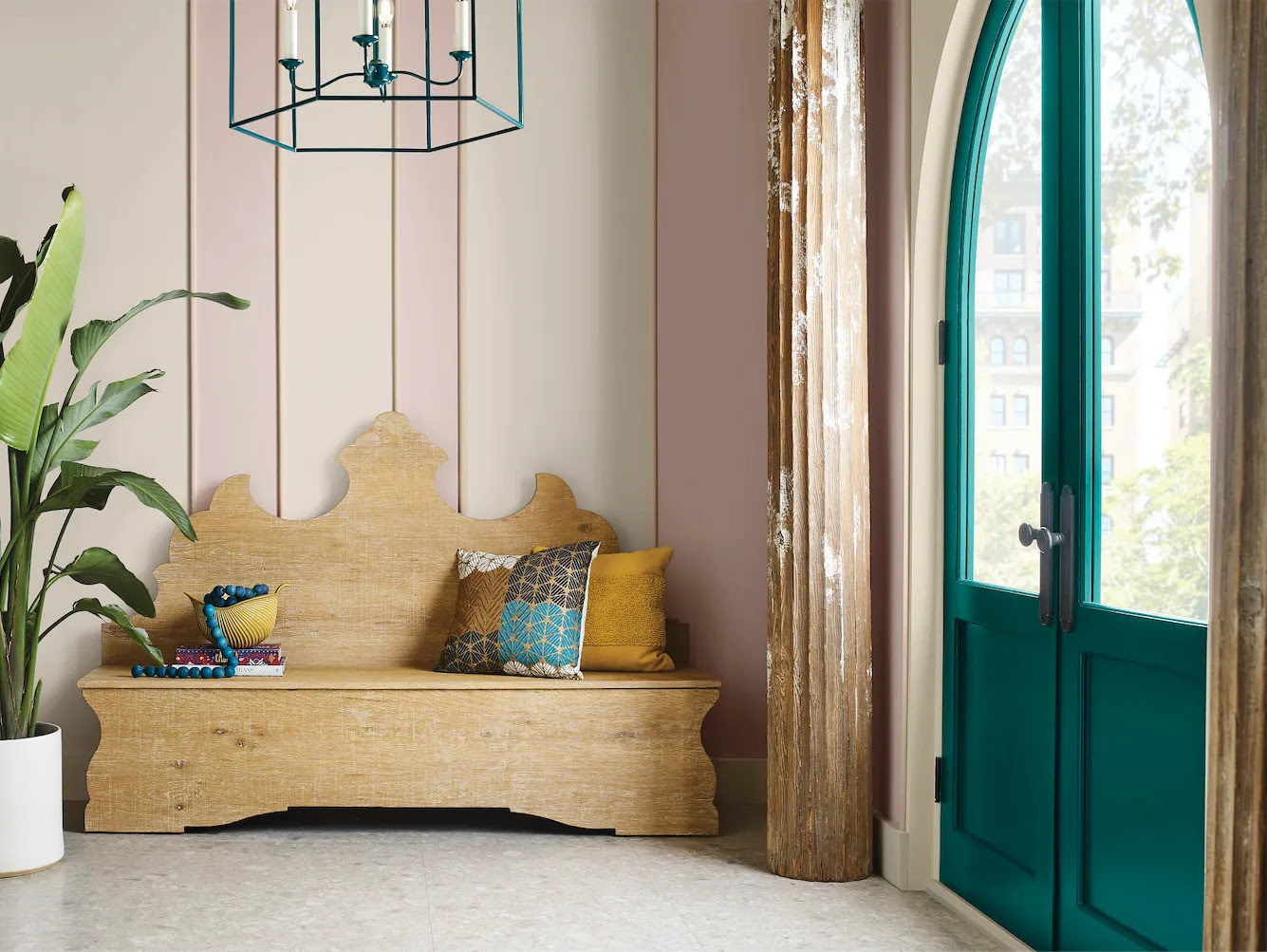
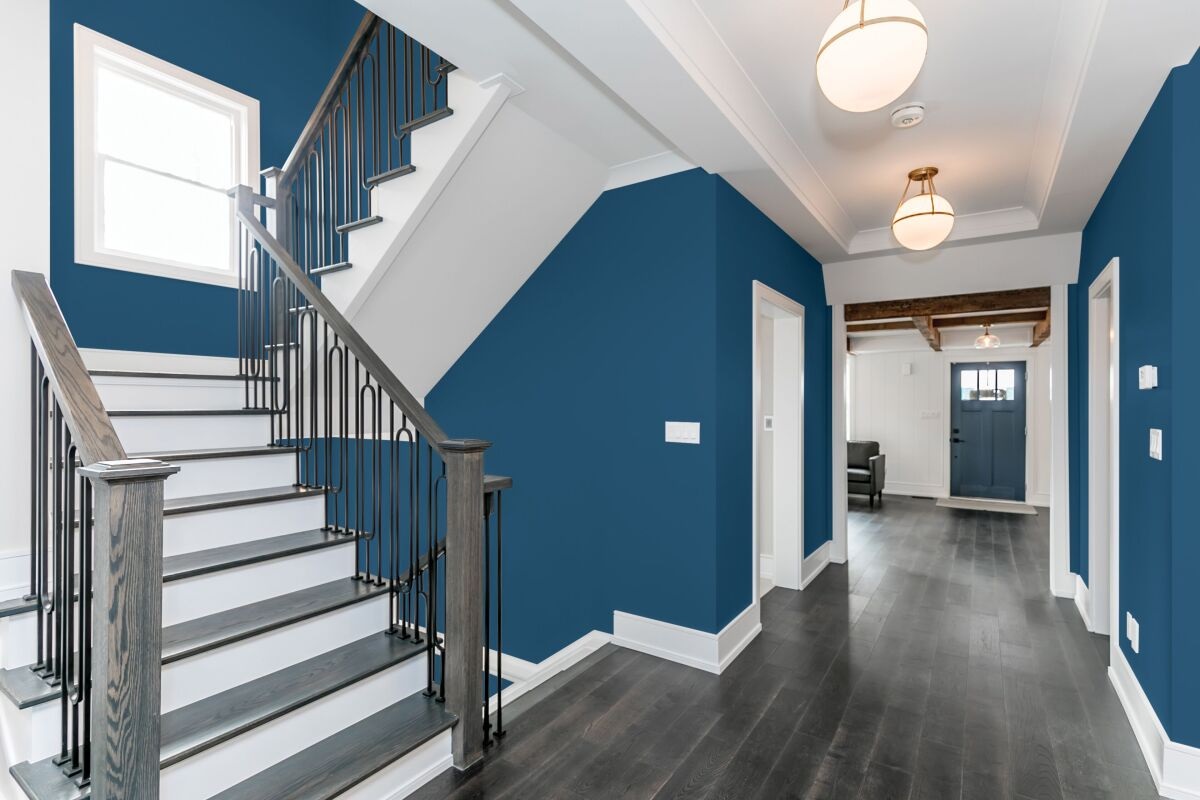
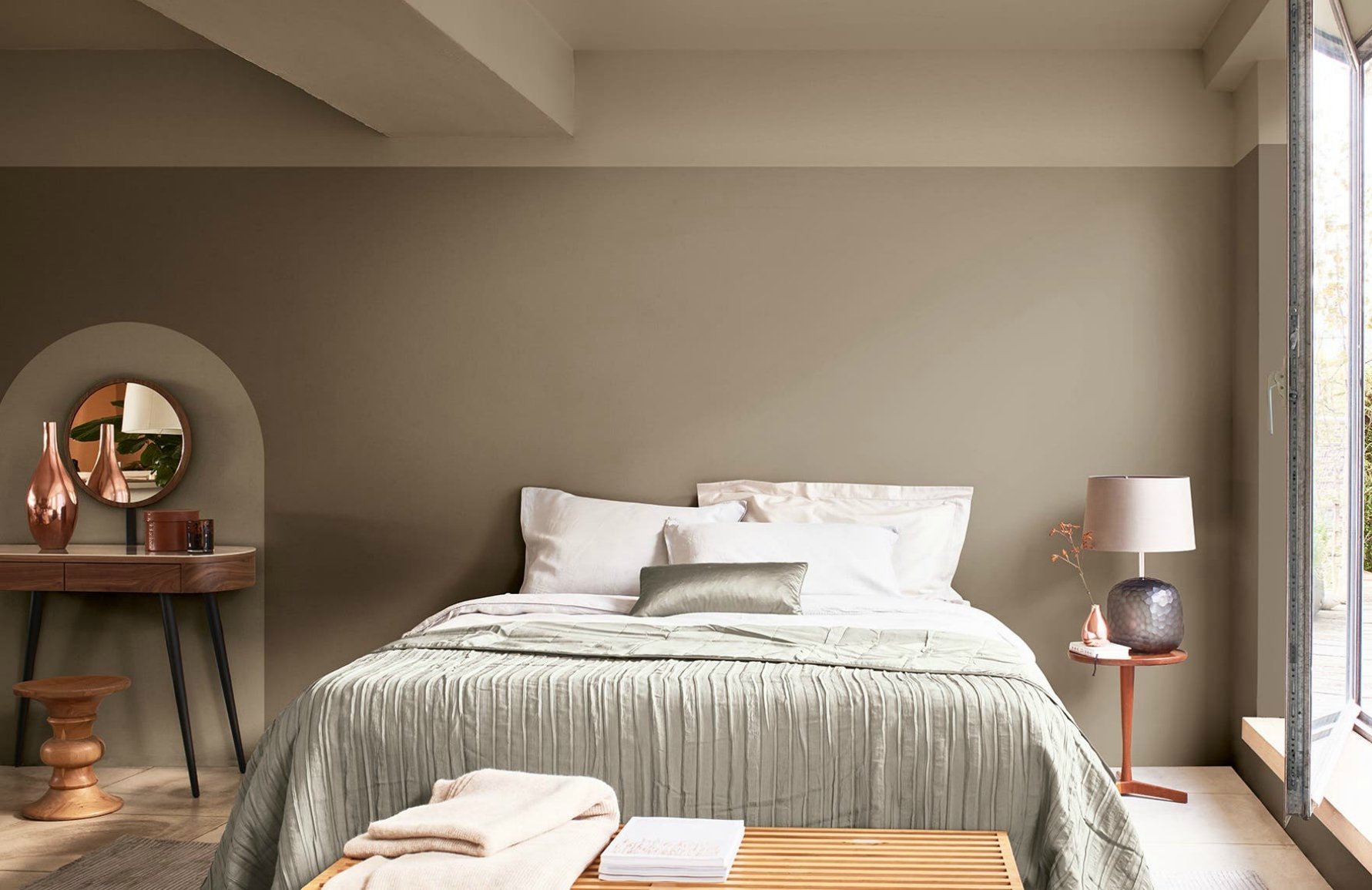
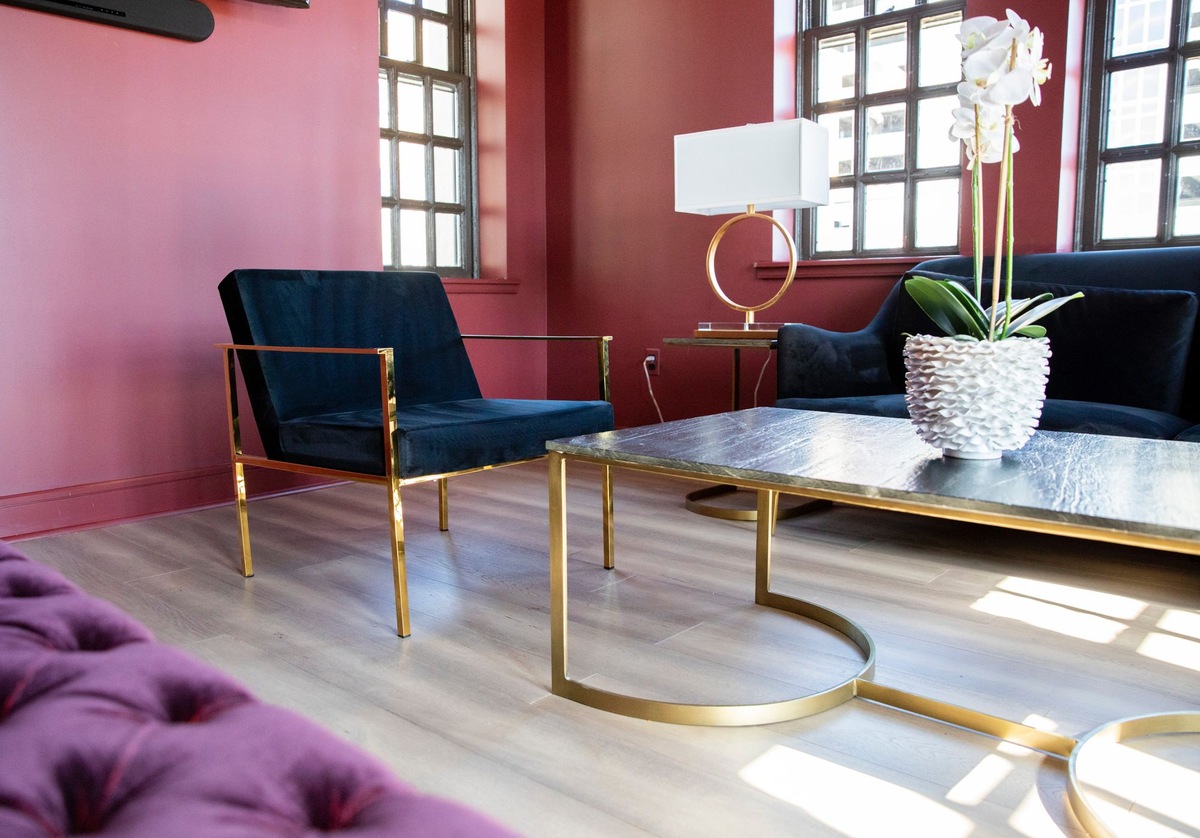
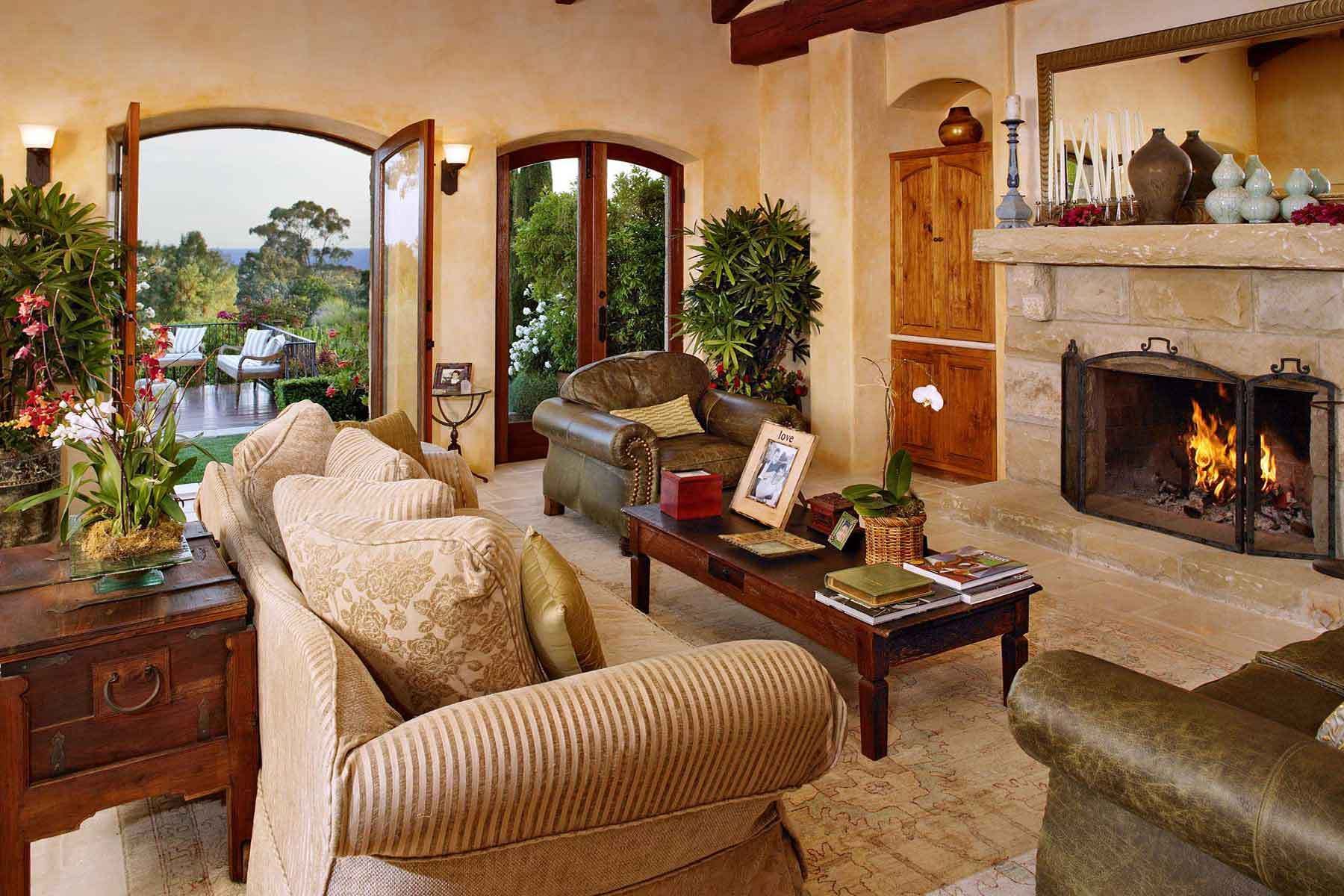
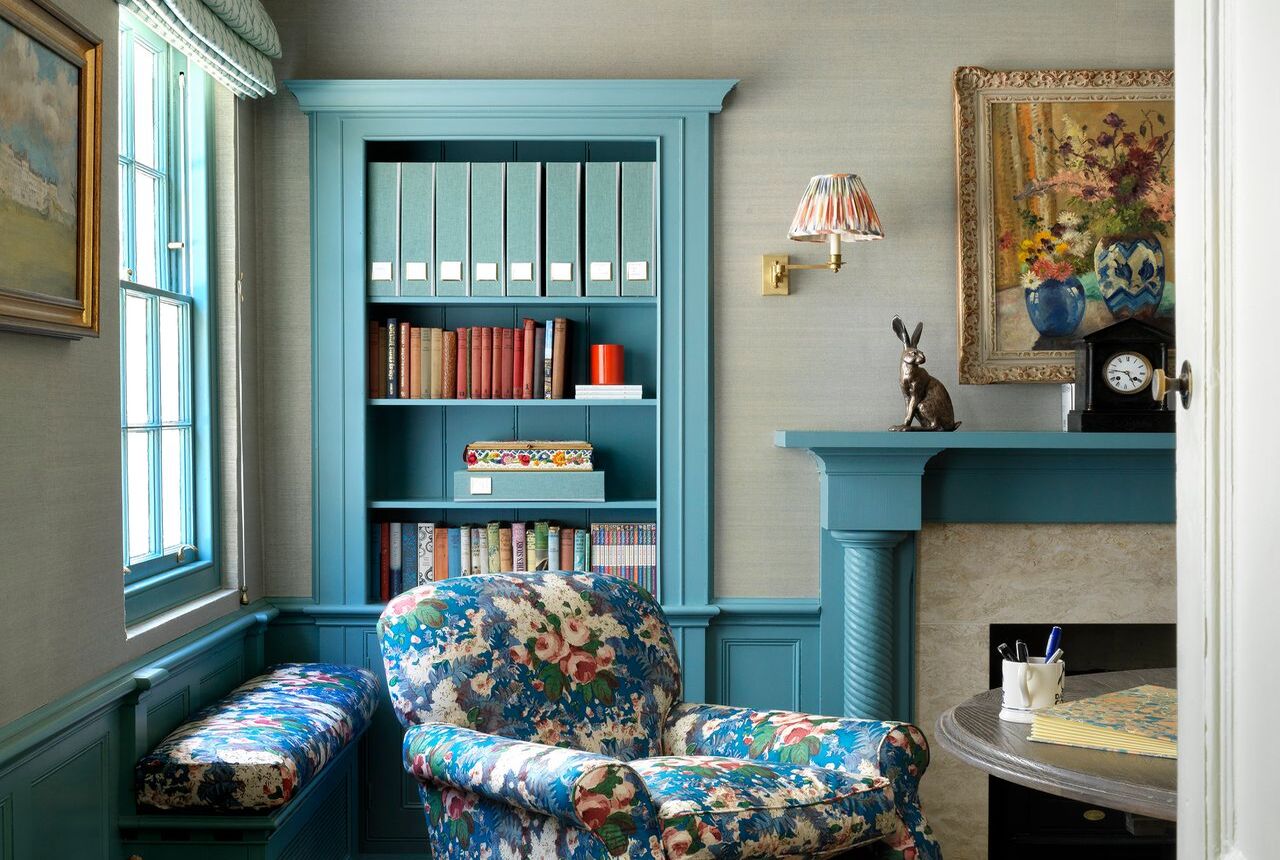
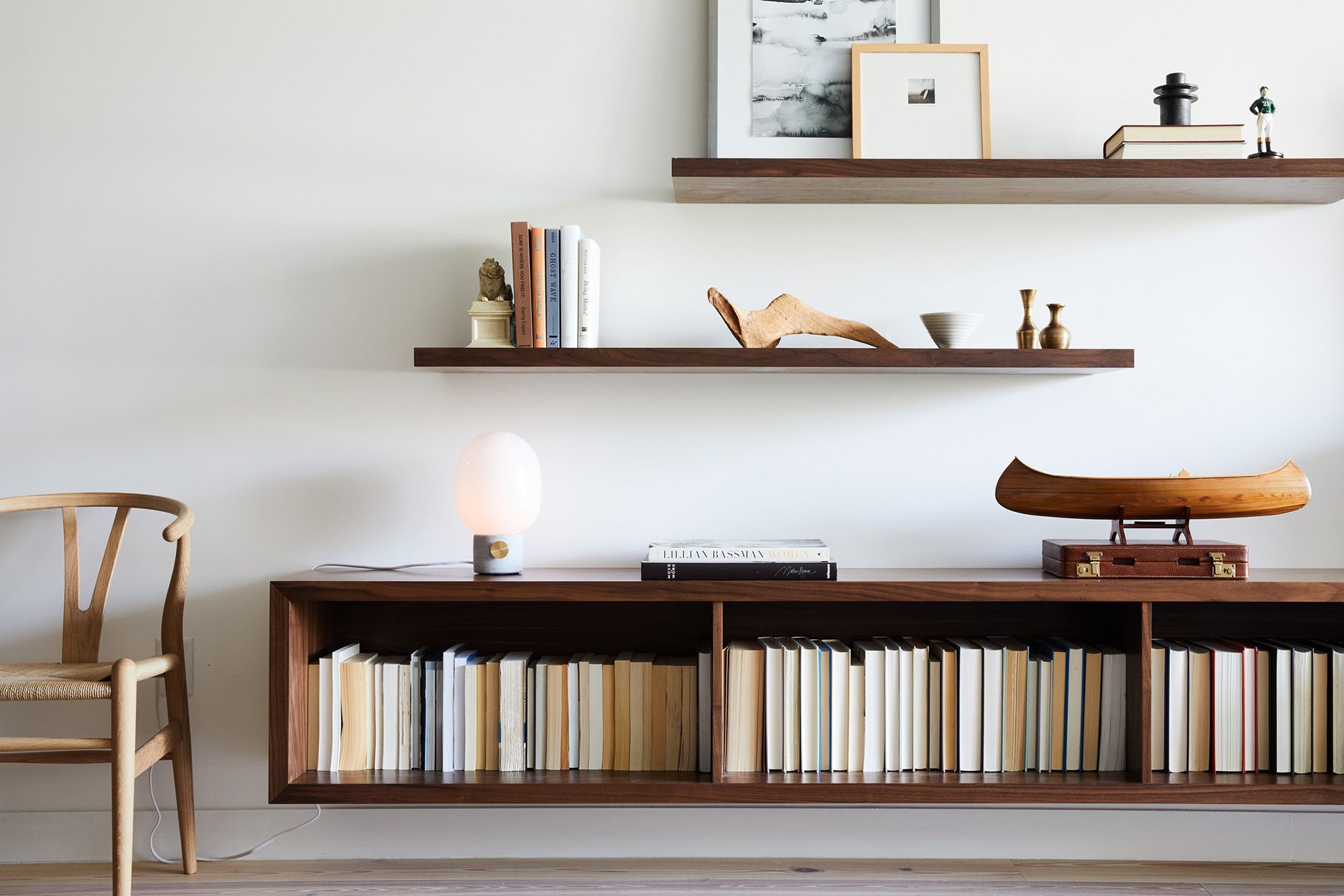
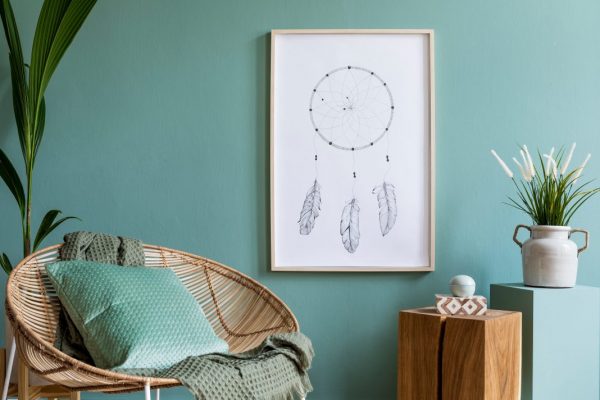
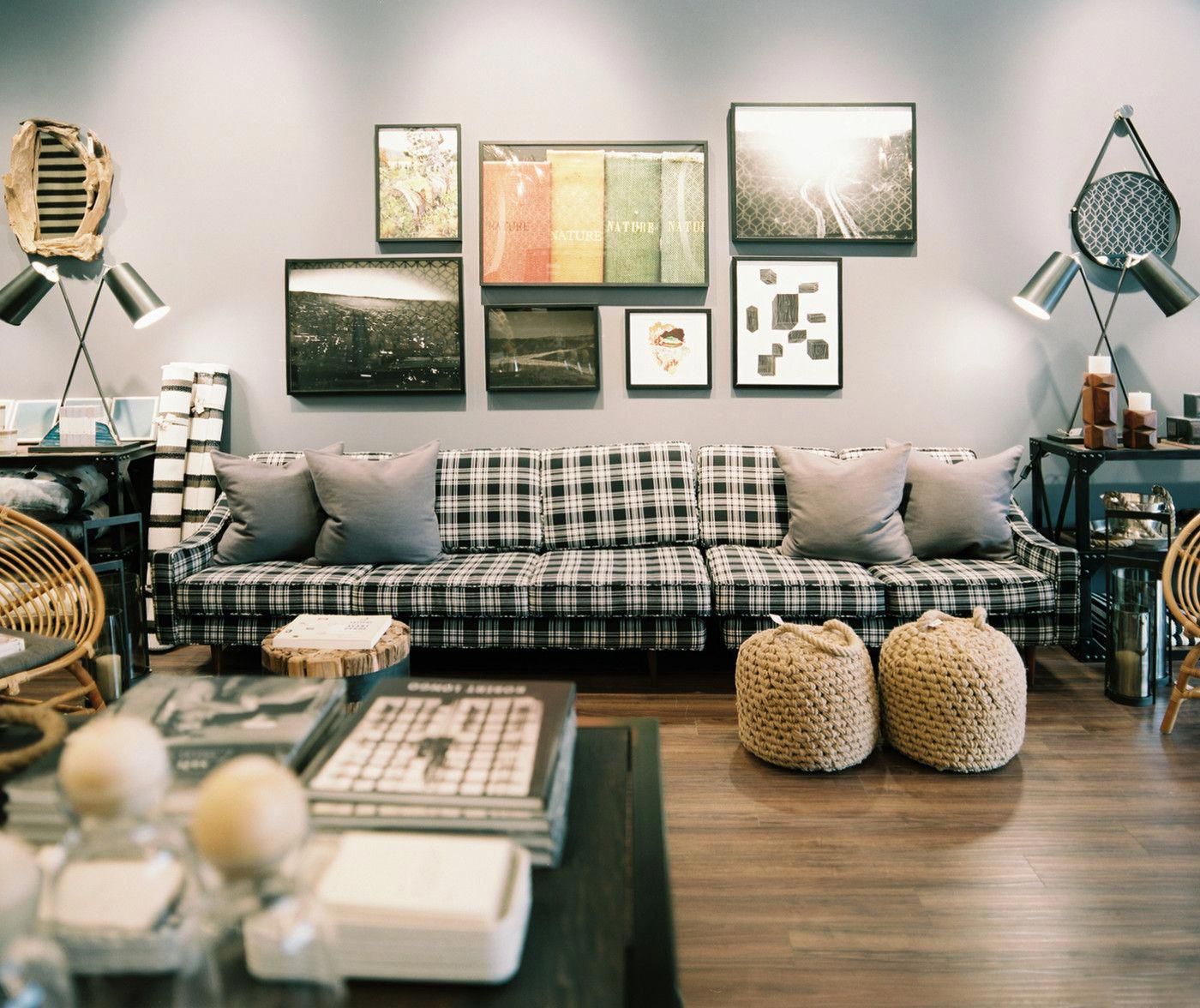
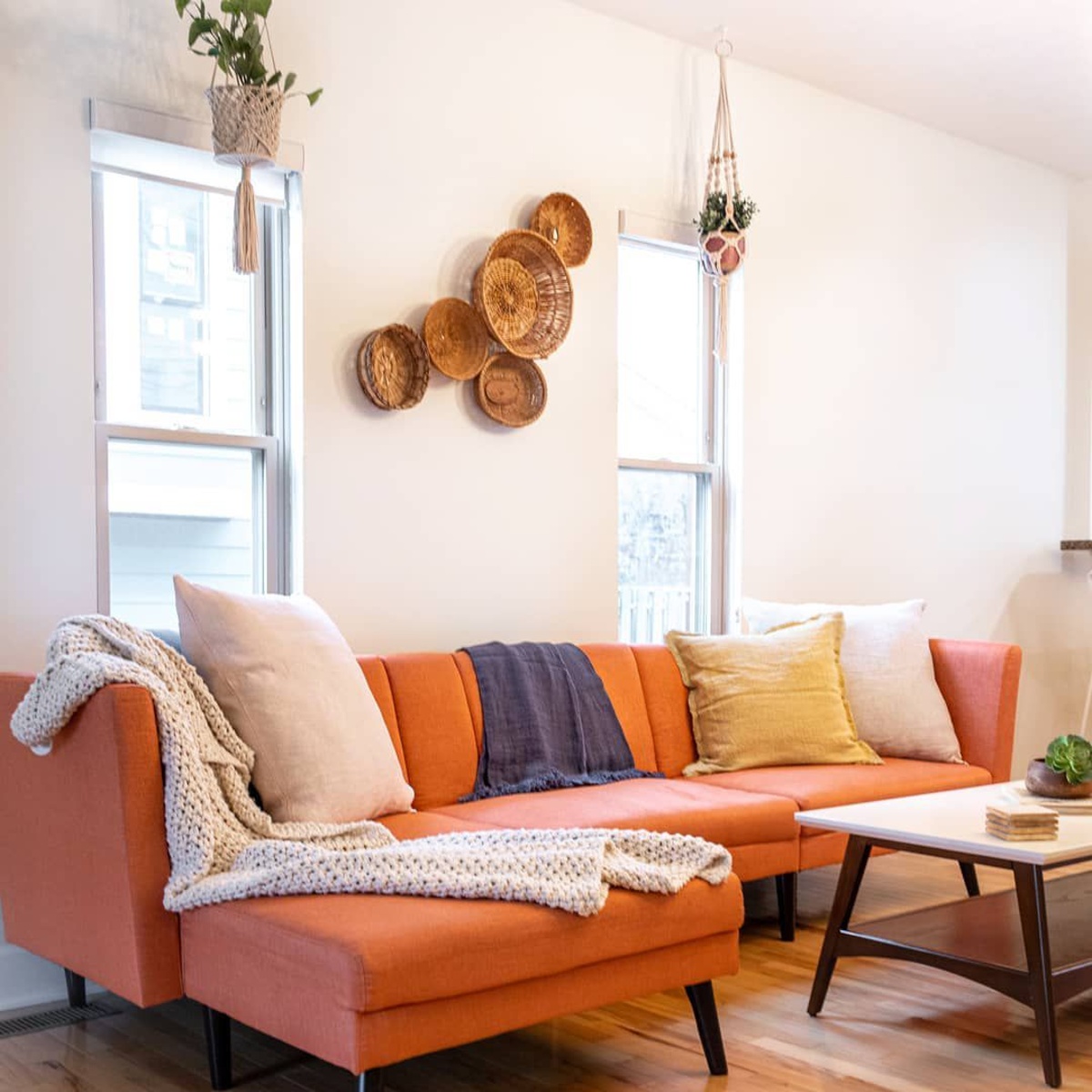

0 thoughts on “What Color Is Coral? How To Use It In Your Decor”